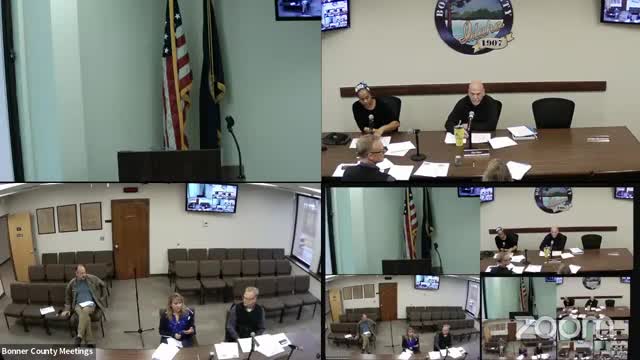Voter Confusion Sparks Ballot Controversy in Local Election
November 15, 2024 | Bonner County, Idaho
This article was created by AI summarizing key points discussed. AI makes mistakes, so for full details and context, please refer to the video of the full meeting. Please report any errors so we can fix them. Report an error »

During a recent government meeting, officials addressed significant issues surrounding the recent election process, particularly concerning ballot distribution and voter education. It was revealed that discrepancies occurred in the distribution of ballots for a tax question, with 45 voters not receiving their ballots and 24 voters receiving ballots they should not have. This prompted a swift response from election officials, who had to rush print additional ballots to ensure that eligible voters could participate.
The discussion also highlighted the challenges faced by voters, including confusion over ballots. One attendee shared their experience of being handed the wrong ballot, which sparked a broader conversation about the importance of voter education. Many voters expressed surprise that certain measures, including local levies, did not pass, attributing this to timing and the overwhelming number of issues on the ballot during a presidential election.
Election officials explained the concepts of \"over votes\" and \"under votes,\" clarifying that over votes occur when a voter selects more than one option for a single race, while under votes happen when a race is left blank. They emphasized the need for clear communication and education to help voters understand the voting process better.
Concerns were also raised about misinformation circulating on social media regarding ballot integrity. Officials reassured attendees that their ballots were unique to their county and that no external entities were involved in their creation, dispelling rumors of irregularities.
The meeting concluded with a call for open communication between officials and the public, encouraging residents to bring any questions directly to their offices for clarification. This proactive approach aims to enhance transparency and trust in the electoral process moving forward.
The discussion also highlighted the challenges faced by voters, including confusion over ballots. One attendee shared their experience of being handed the wrong ballot, which sparked a broader conversation about the importance of voter education. Many voters expressed surprise that certain measures, including local levies, did not pass, attributing this to timing and the overwhelming number of issues on the ballot during a presidential election.
Election officials explained the concepts of \"over votes\" and \"under votes,\" clarifying that over votes occur when a voter selects more than one option for a single race, while under votes happen when a race is left blank. They emphasized the need for clear communication and education to help voters understand the voting process better.
Concerns were also raised about misinformation circulating on social media regarding ballot integrity. Officials reassured attendees that their ballots were unique to their county and that no external entities were involved in their creation, dispelling rumors of irregularities.
The meeting concluded with a call for open communication between officials and the public, encouraging residents to bring any questions directly to their offices for clarification. This proactive approach aims to enhance transparency and trust in the electoral process moving forward.
View full meeting
This article is based on a recent meeting—watch the full video and explore the complete transcript for deeper insights into the discussion.
View full meeting